Rainbow Pride Rings | Gay Ring
Rainbow Pride Rings: A Symbol of Unity, Love, and LGBTQ+ Pride
Introduction:
In recent decades, the Rainbow Pride Ring has emerged as a powerful symbol of unity, love, and LGBTQ+ pride. This iconic accessory, characterized by its vibrant colors, holds significant meaning for the LGBTQ+ community and has become a symbol of acceptance and celebration of diverse sexual orientations and gender identities. This article explores the history, symbolism, and cultural impact of Rainbow Pride Rings, shedding light on how they have become an essential aspect of the LGBTQ+ rights movement.
- The Origins of the Rainbow Pride Ring:
The Rainbow Pride Ring’s origins can be traced back to the mid-20th century when the LGBTQ+ rights movement began to gain momentum in the United States. During this time, members of the LGBTQ+ community faced widespread discrimination, prejudice, and criminalization. To resist oppression and assert their identity, LGBTQ+ individuals and allies began to adopt symbols that represented their struggle for equality.
- The Symbolism of the Rainbow Colors:
The Rainbow Pride Ring features a sequence of colors, each carrying its own unique symbolism. The original eight colors, designed by artist Gilbert Baker in 1978, held the following meanings:
- Hot Pink: Represents sexuality.
- Red: Signifies life.
- Orange: Symbolizes healing.
- Yellow: Represents sunlight.
- Green: Stands for nature.
- Turquoise: Represents art and magic.
- Indigo: Signifies serenity.
- Violet: Represents spirit.
Over time, the rainbow has evolved, and different versions have appeared, such as the six-color version, which removed hot pink and indigo, and the current six-color version widely adopted by the LGBTQ+ community.
- A Beacon of Hope and Resilience:
The Rainbow Pride Ring has become a beacon of hope and resilience for the LGBTQ+ community. Wearing this ring signifies an individual’s commitment to embracing their identity, expressing their true selves, and standing proudly amidst adversity. The ring serves as a reminder that they are not alone in their journey and that a supportive and inclusive community surrounds them.
- Cultural Impact and Advocacy:
As the LGBTQ+ rights movement grew, the Rainbow Pride Ring became an essential tool for advocacy and visibility. Through its iconic design and vibrant colors, the ring serves as a conversation starter, allowing wearers to express their support for LGBTQ+ rights openly. It has become a symbol of solidarity and a way to show support for the ongoing struggle for equality and acceptance.
- Inclusive and Intersectional Representation:
The Rainbow Pride Ring represents not only the LGBTQ+ community’s diversity in terms of sexual orientation and gender identity but also its intersectionality. It recognizes that the struggles faced by LGBTQ+ individuals vary depending on factors such as race, ethnicity, disability, and socioeconomic background. As such, the Rainbow Pride Ring encourages a more inclusive and intersectional approach to the fight for equality and social justice.
- The Global Impact:
Beyond the borders of the United States, the Rainbow Pride Ring has transcended cultural barriers and has become a global symbol of LGBTQ+ pride and unity. In countries where LGBTQ+ rights are still heavily contested, wearing the ring can be an act of defiance against discrimination and repression. In other more progressive societies, the ring represents an ongoing commitment to inclusivity and equality for all.
- Contemporary Challenges and the Role of the Rainbow Pride Ring:
While significant progress has been made in advancing LGBTQ+ rights, challenges persist. The Rainbow Pride Ring continues to play a crucial role in raising awareness about ongoing issues, advocating for legislative changes, and fostering understanding and acceptance. It serves as a powerful reminder that the struggle for equality is far from over and that collective efforts are necessary to create a more inclusive society.
- Controversy and Commercialization:
As with any widely recognized symbol, the Rainbow Pride Ring has faced controversies and commercialization. Some argue that its widespread use in marketing and corporate branding has diluted its original meaning. Others debate whether its adoption by major corporations truly reflects a commitment to LGBTQ+ rights or is merely a marketing strategy. However, the continued use of the ring by grassroots LGBTQ+ organizations and activists ensures that its underlying symbolism and advocacy remain alive.
Conclusion:
The Rainbow Pride Ring stands as a timeless symbol of unity, love, and LGBTQ+ pride. From its humble origins in the LGBTQ+ rights movement to its global impact today, this iconic accessory has played a pivotal role in fostering acceptance, celebrating diversity, and advocating for equality. By wearing the Rainbow Pride Ring, individuals proudly affirm their commitment to a more inclusive and compassionate world, where all sexual orientations and gender identities are celebrated and respected. As long as discrimination and prejudice persist, the Rainbow Pride Ring will continue to serve as a reminder that love is love and that the fight for LGBTQ+ rights must endure until true equality is achieved.
Buy Rainbow Pride Rings
size 7: 17.4mm
size 8: 18.2mm
size 9: 19mm
size 10: 19.9mm
size 11: 20.7mm
size 12: 21.5mm
size 13: 22.3mm

Buy More Products



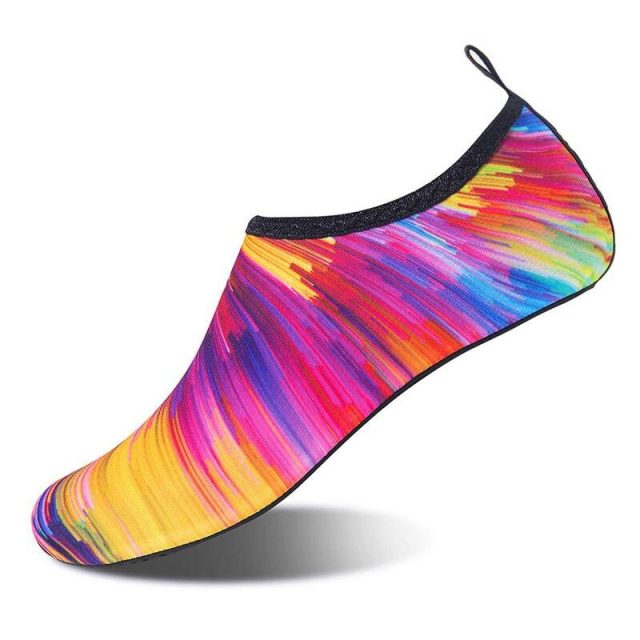



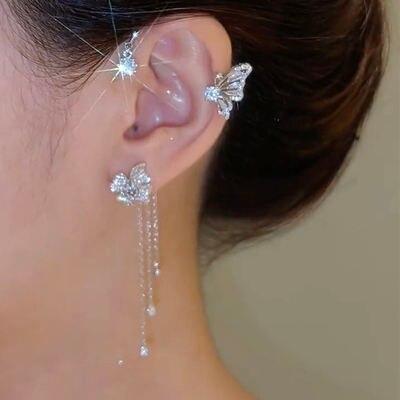
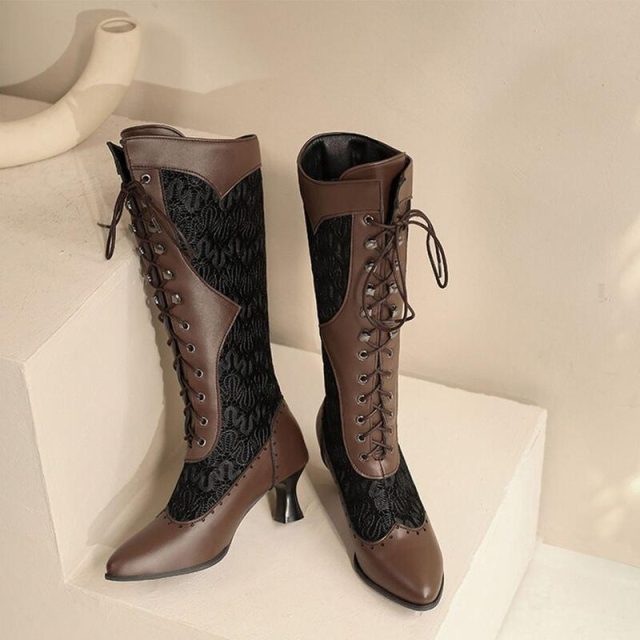
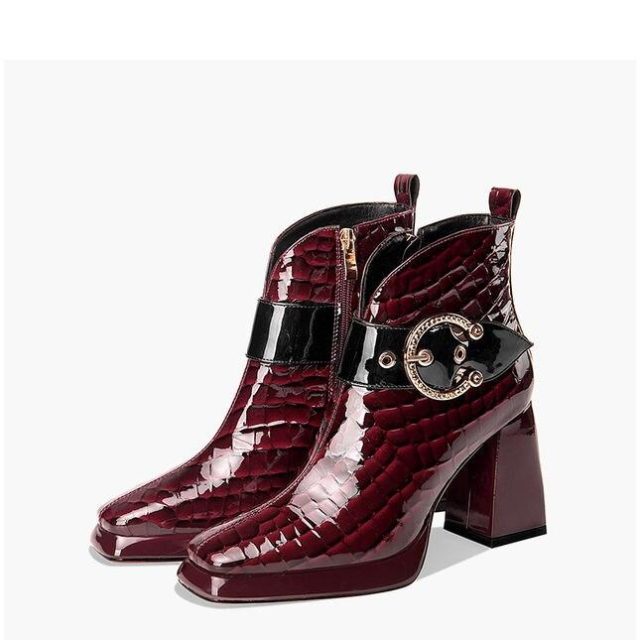






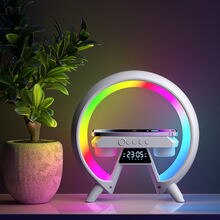

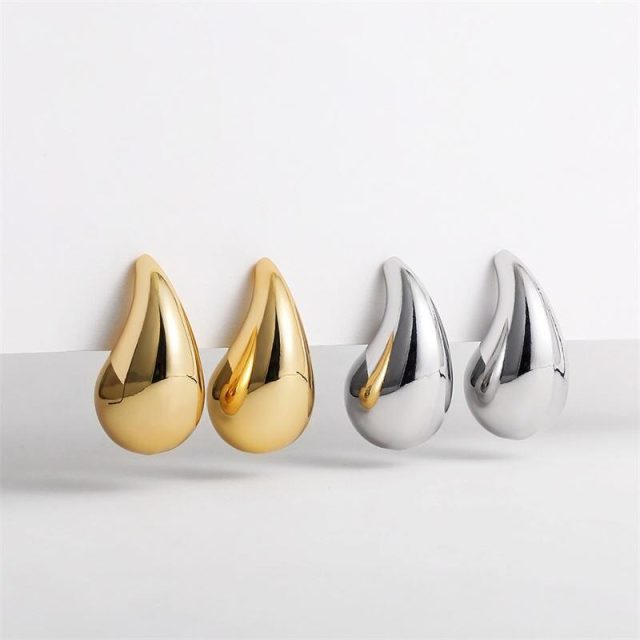








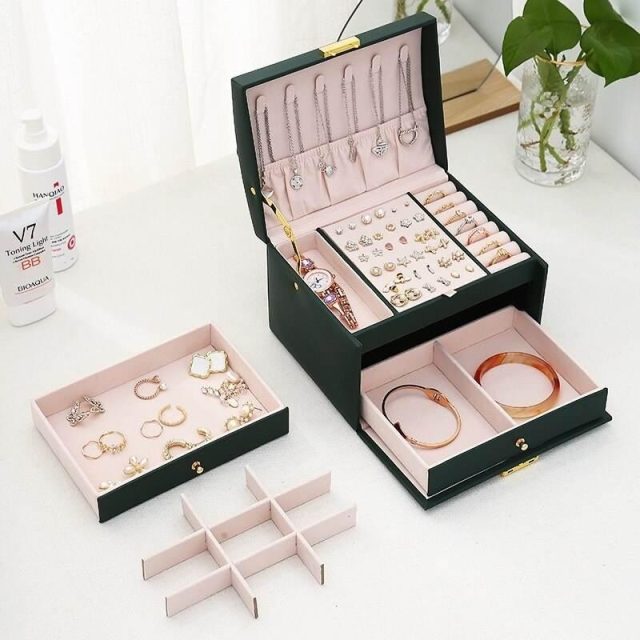
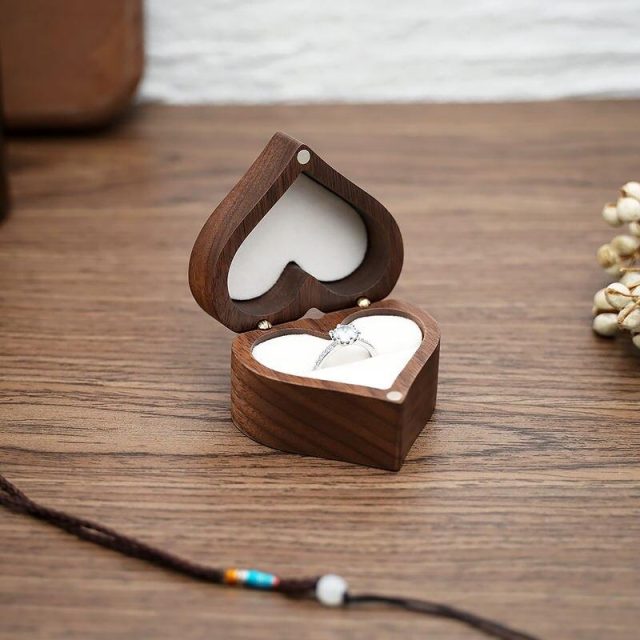
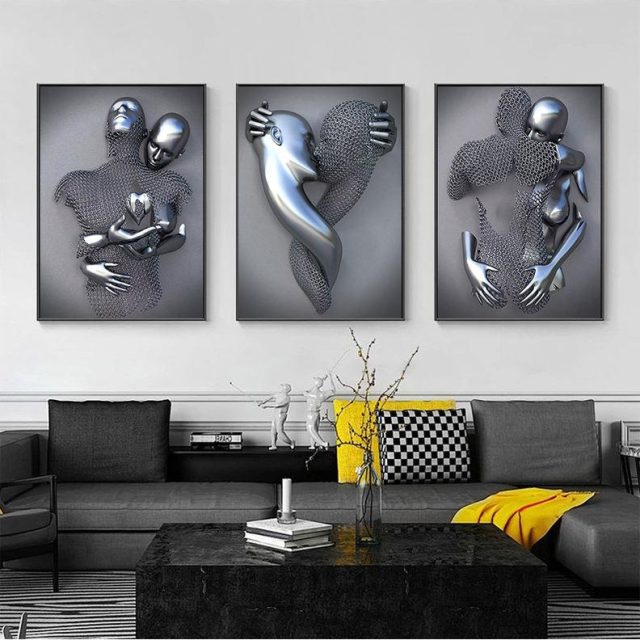
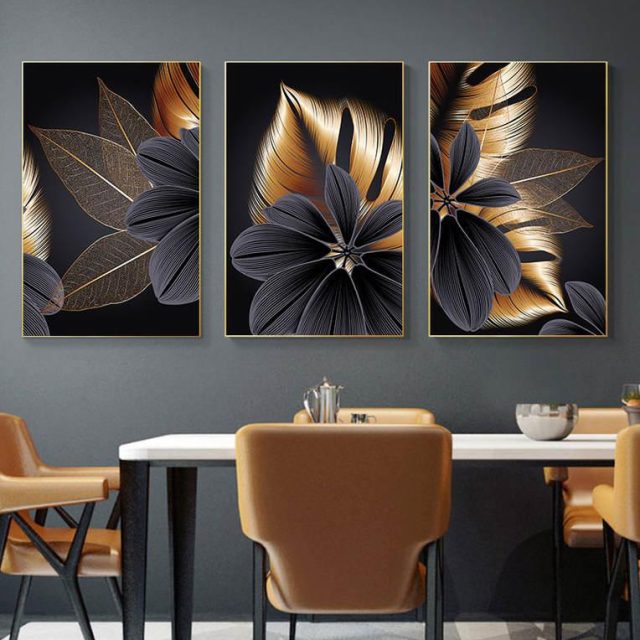

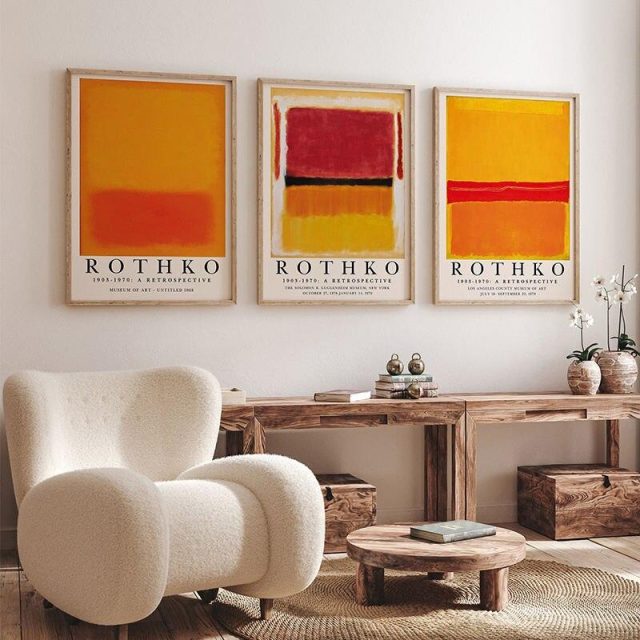












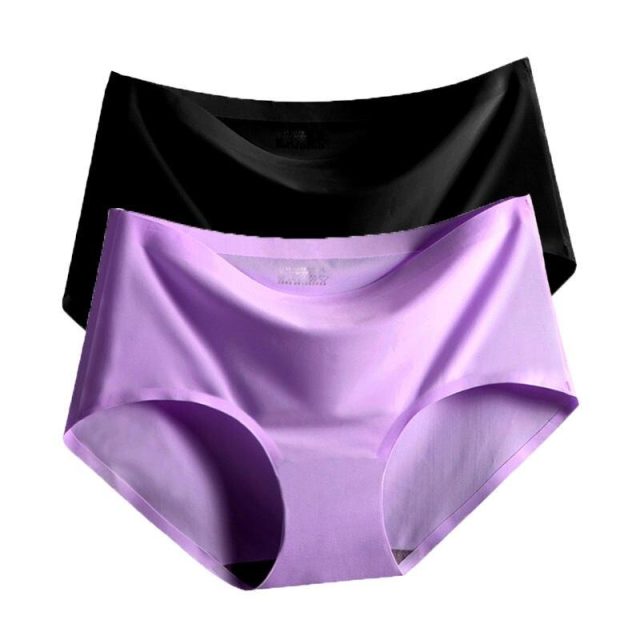

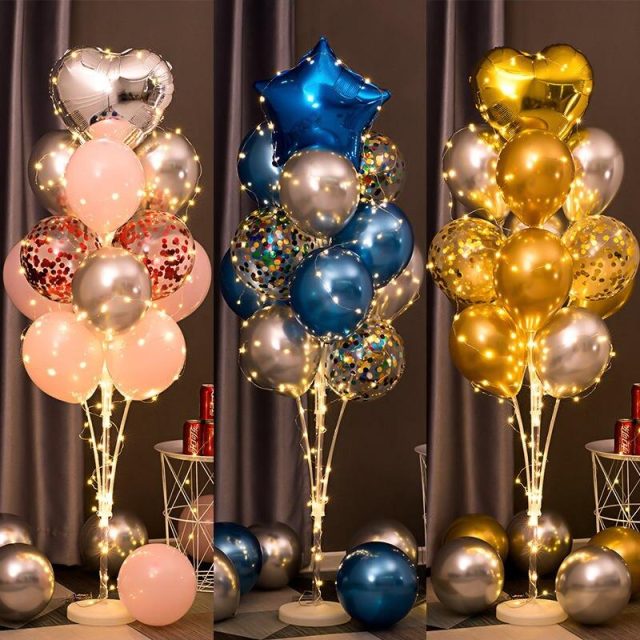
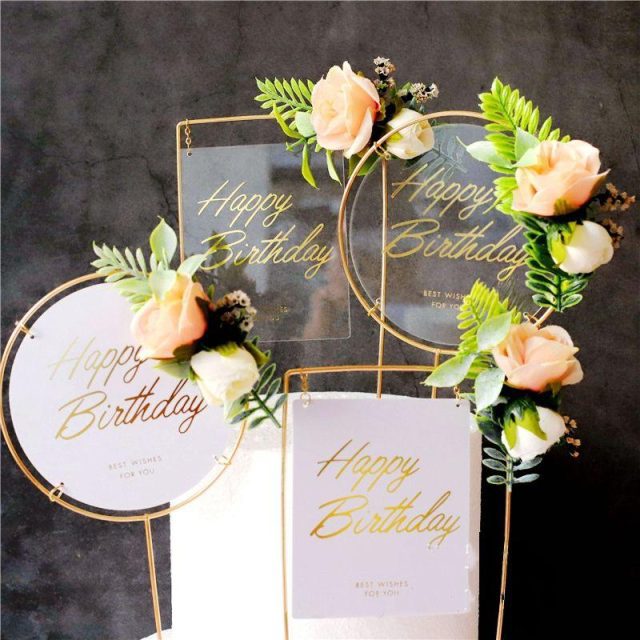

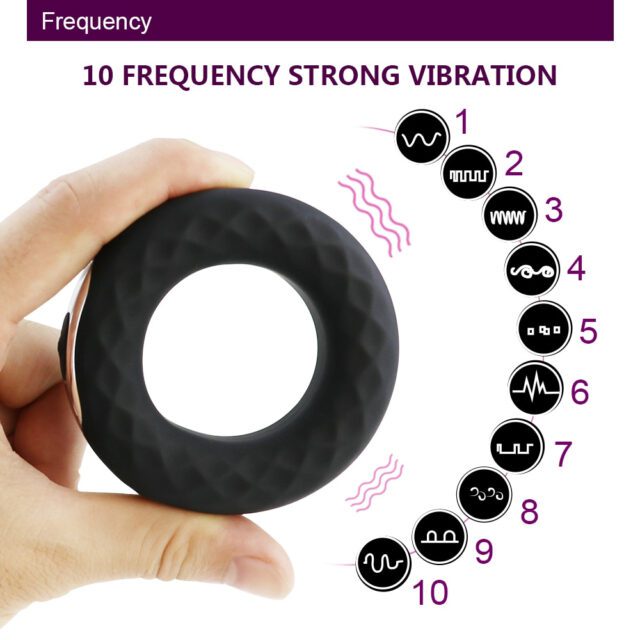
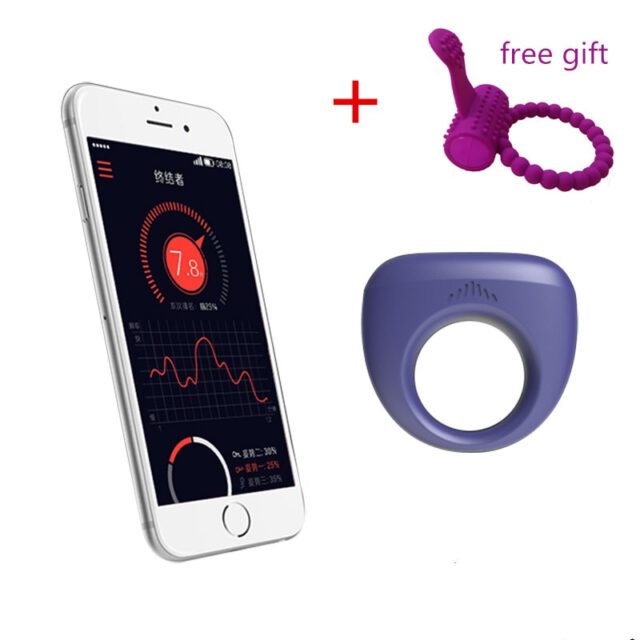



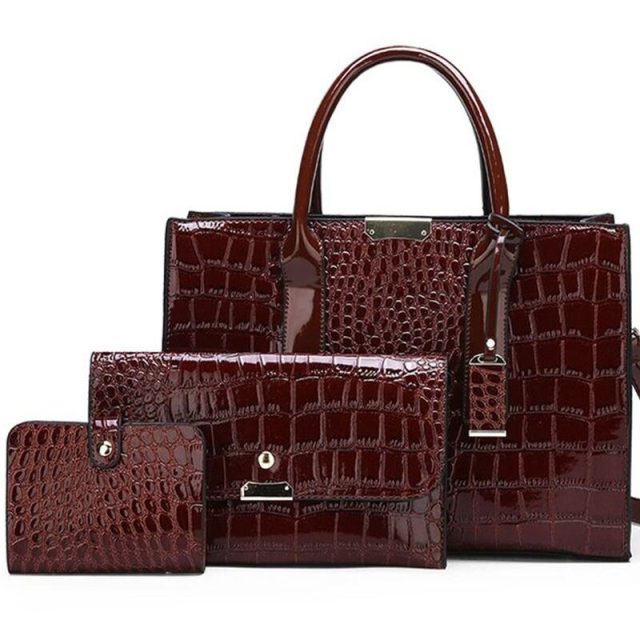



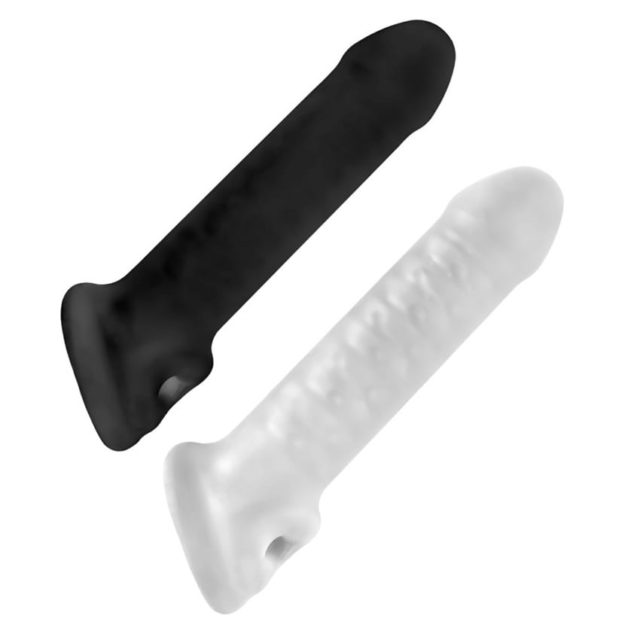
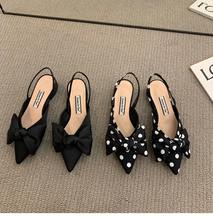
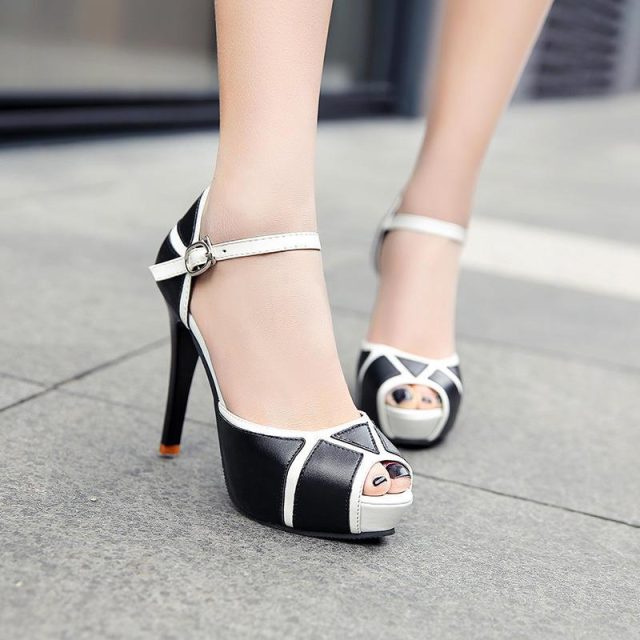

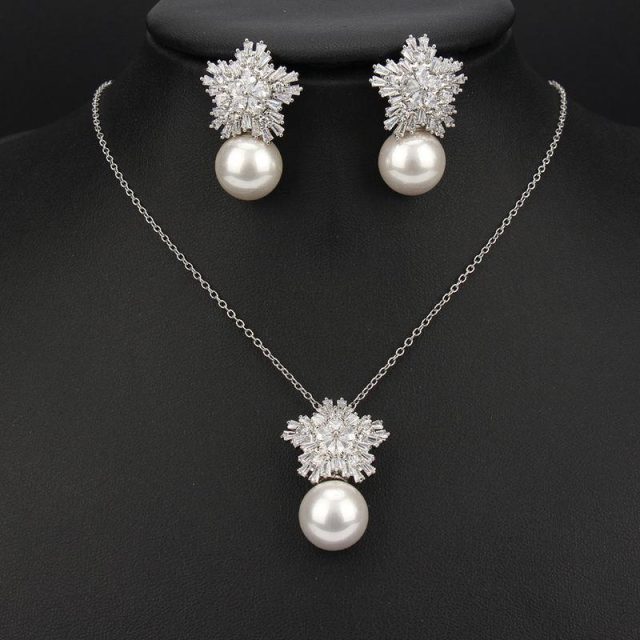
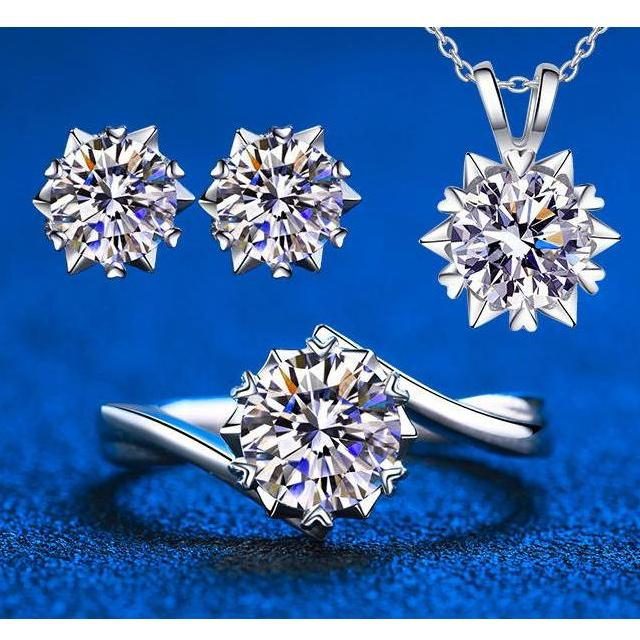


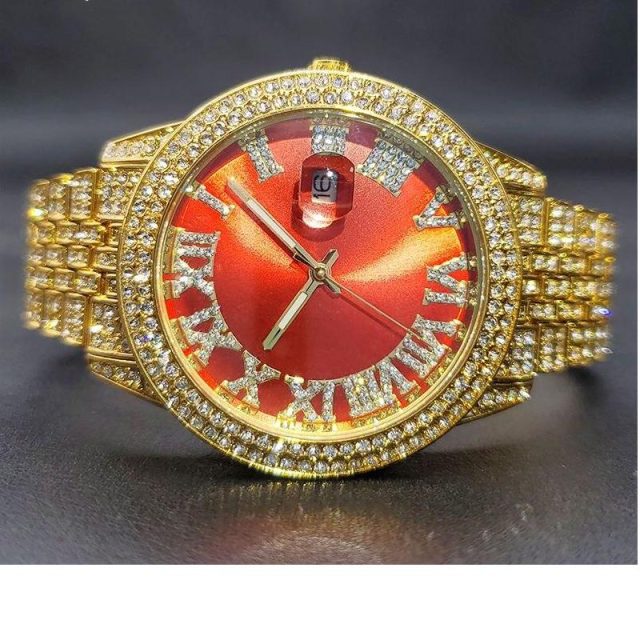
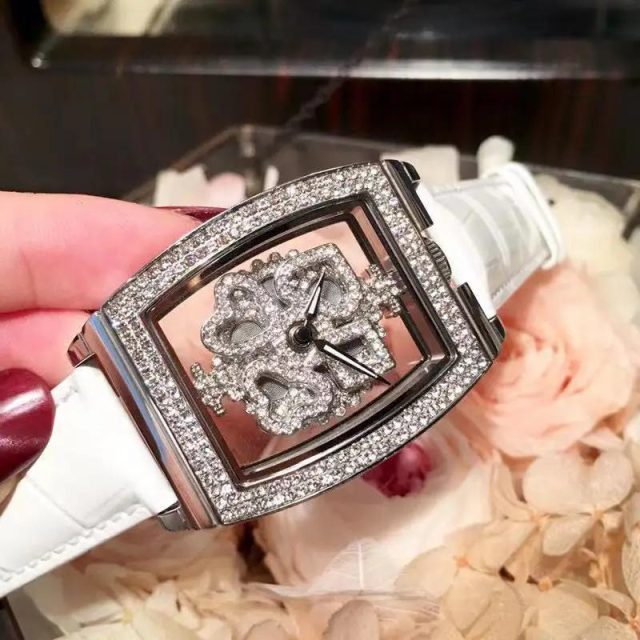

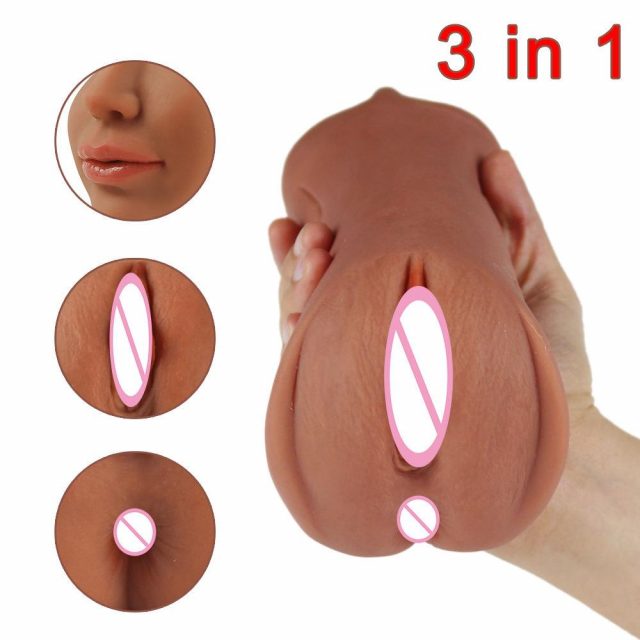
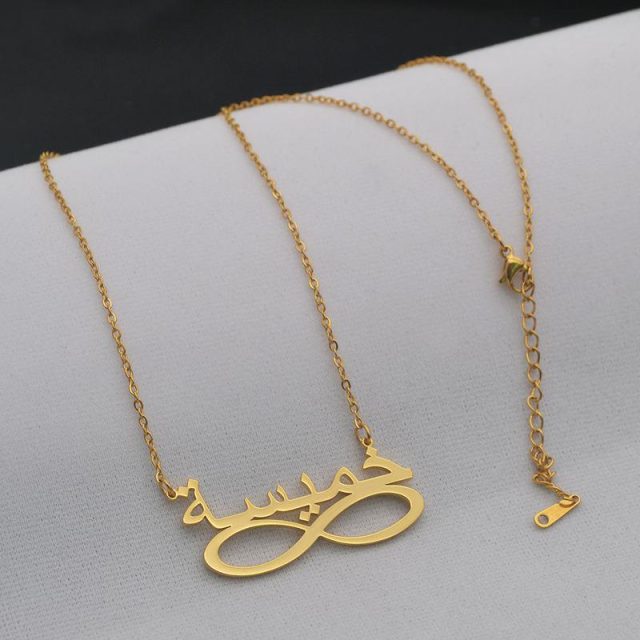


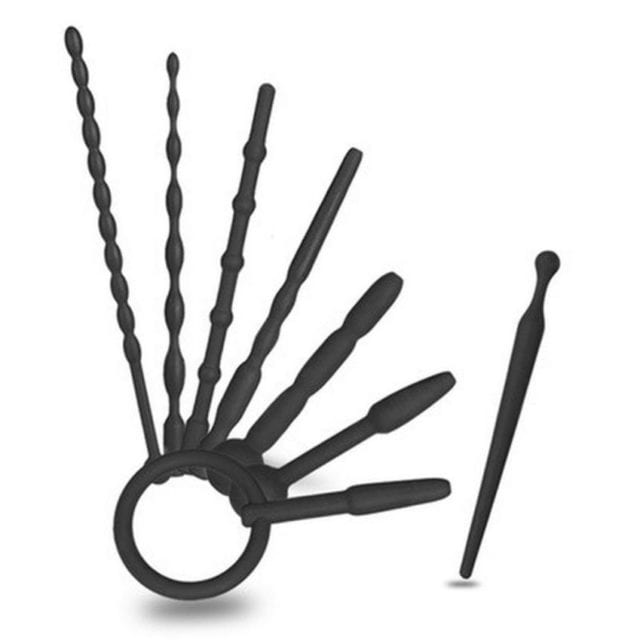
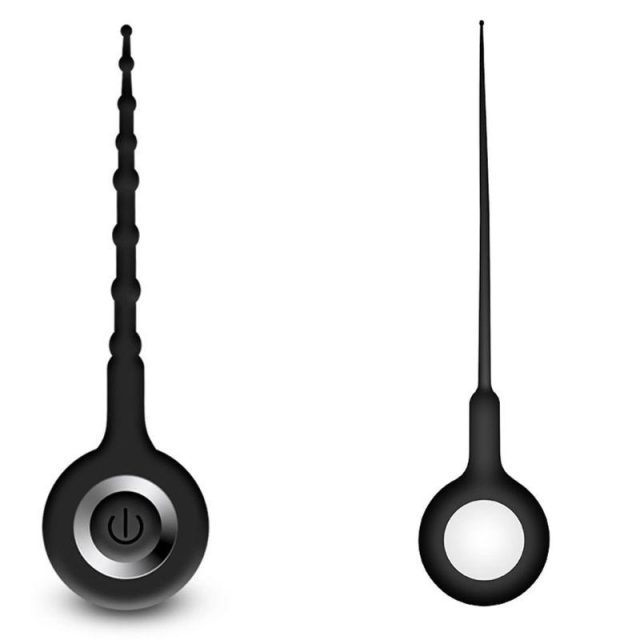



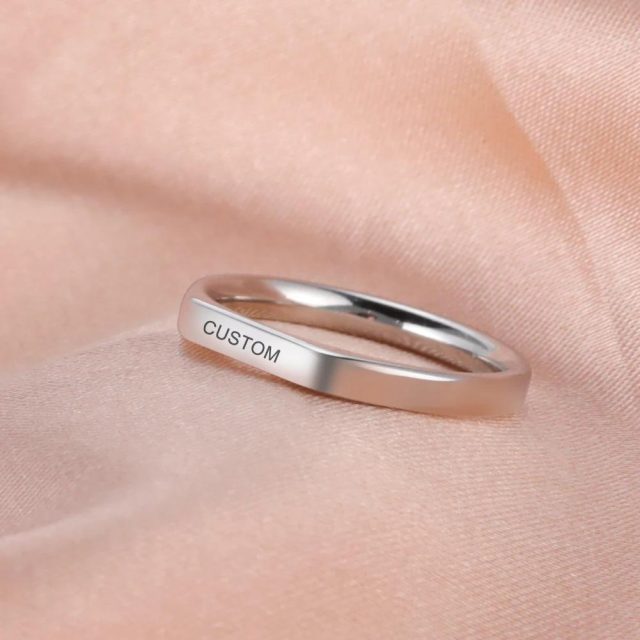
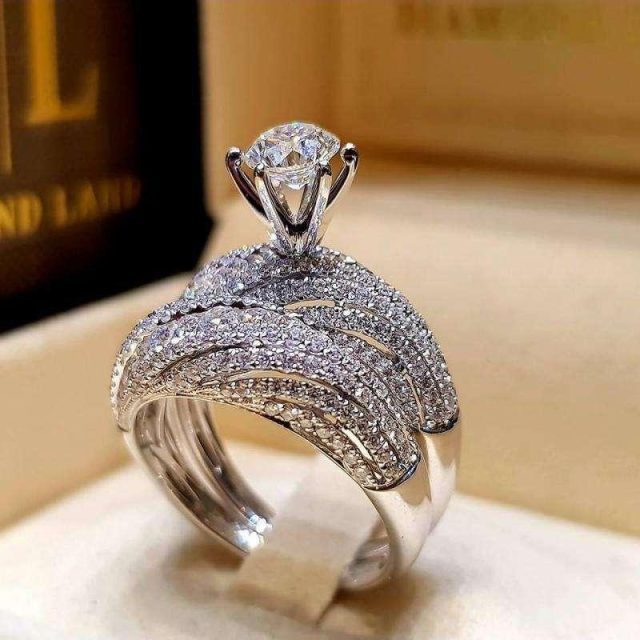
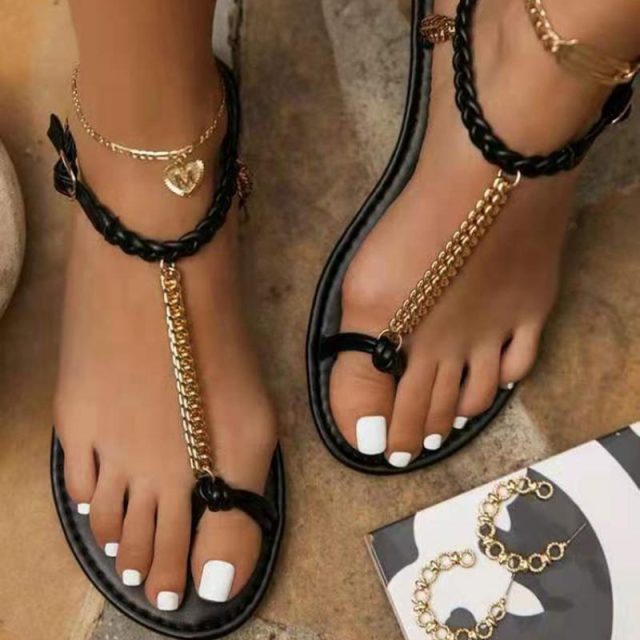




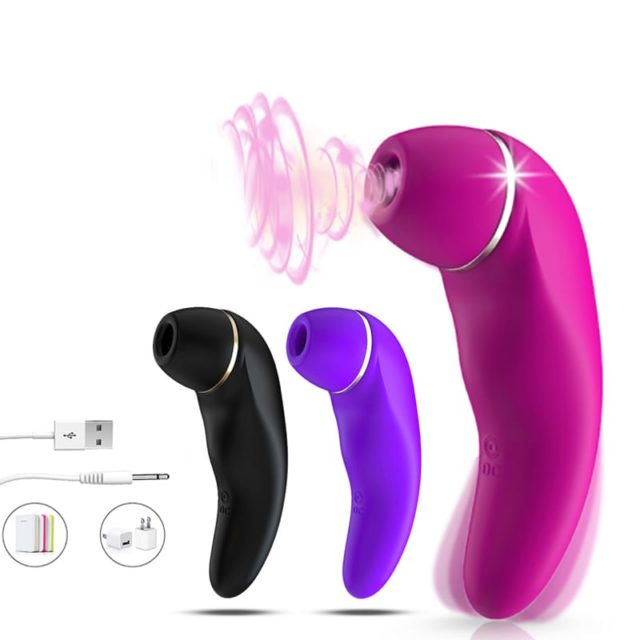

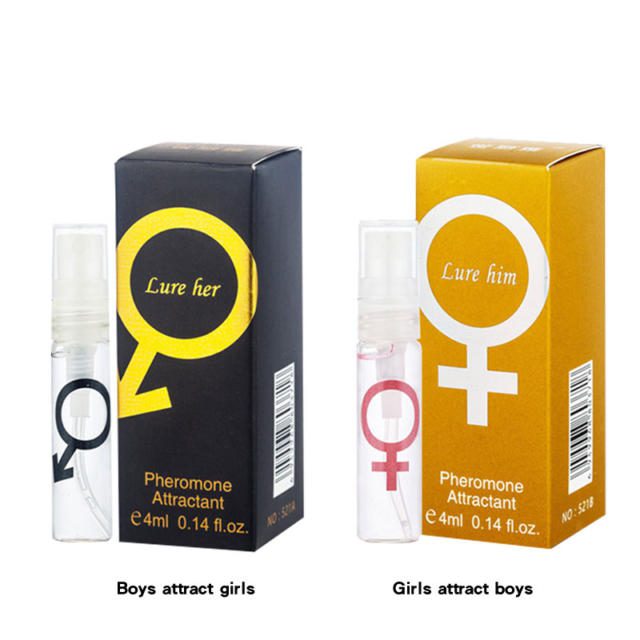



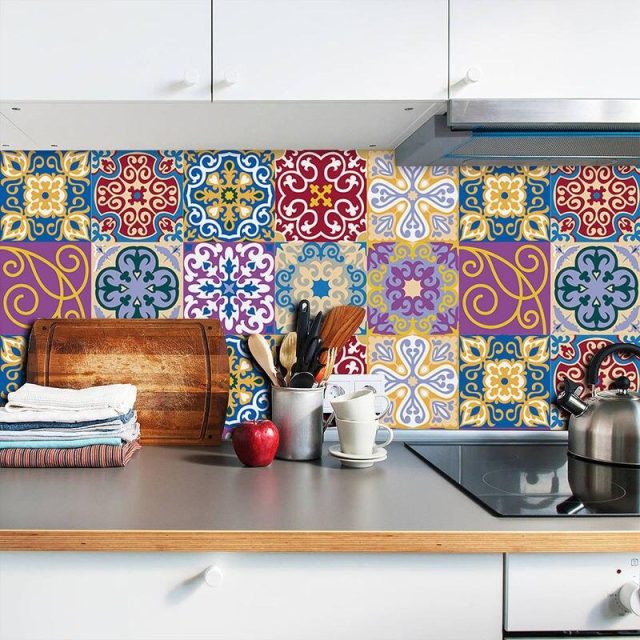



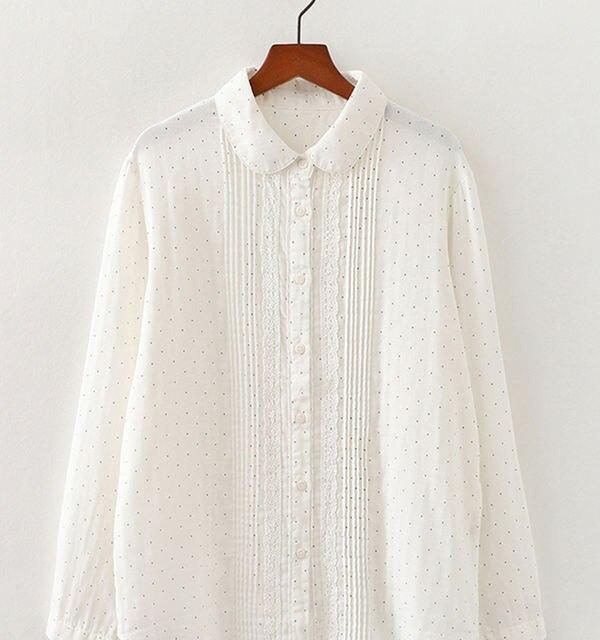


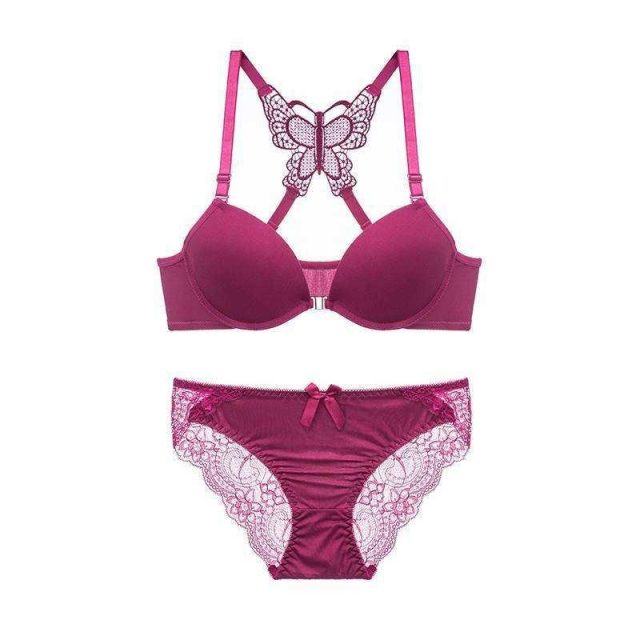

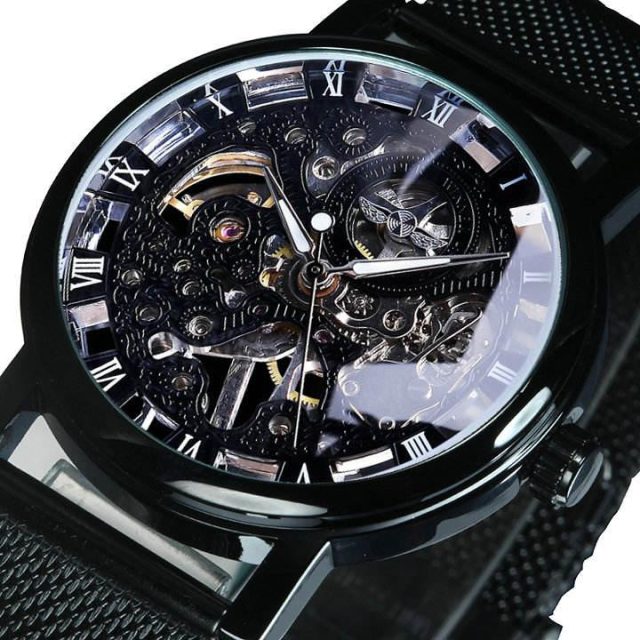



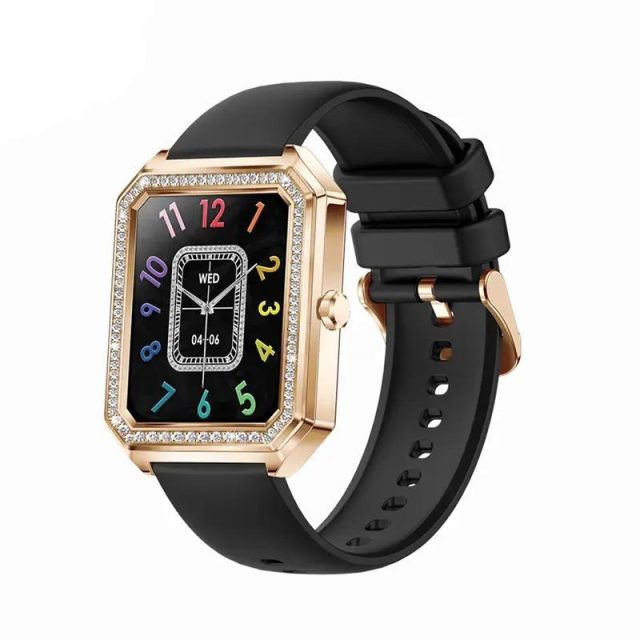









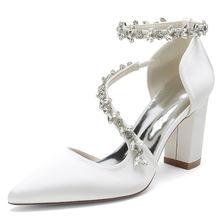
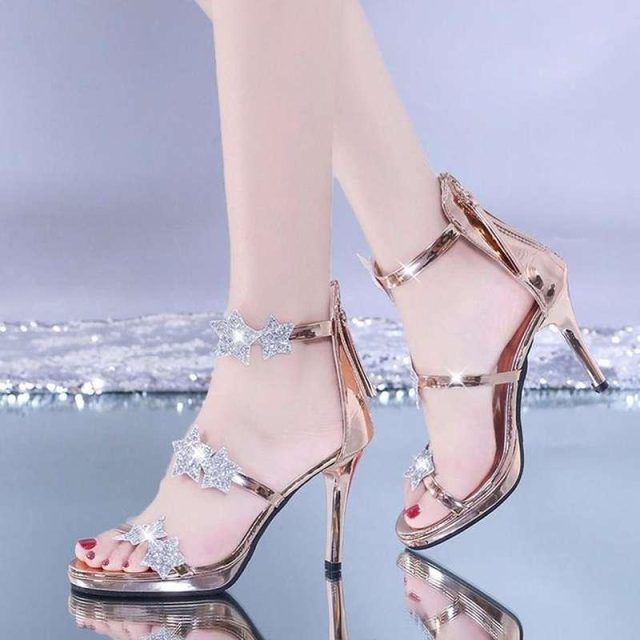


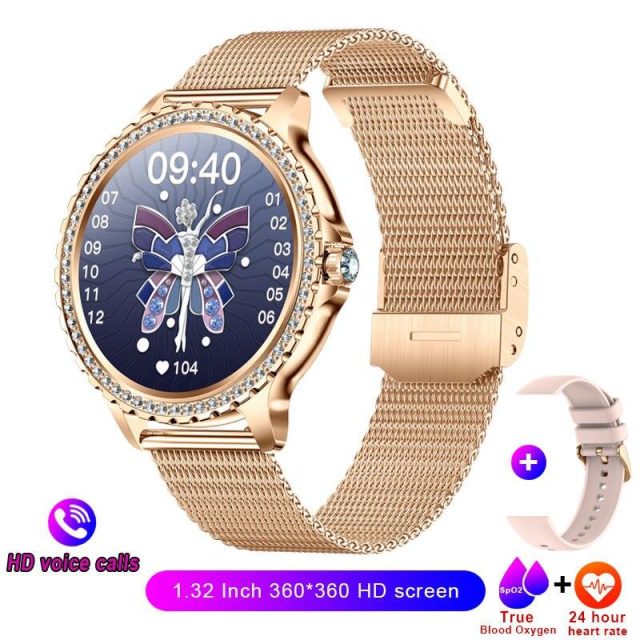


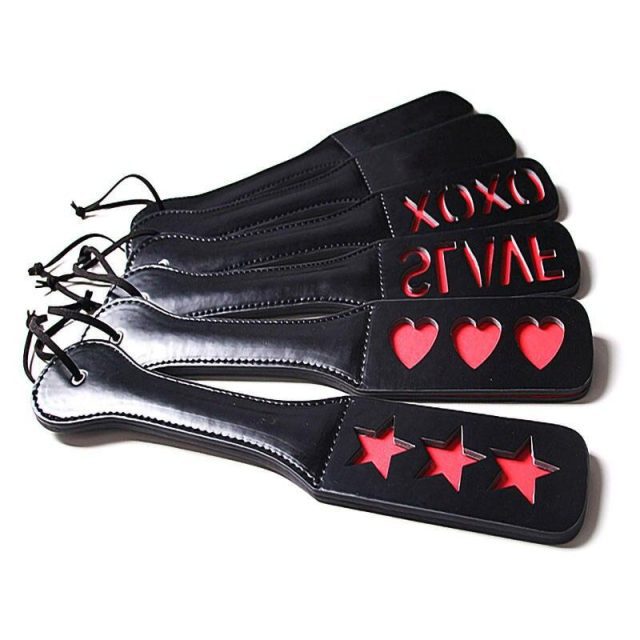

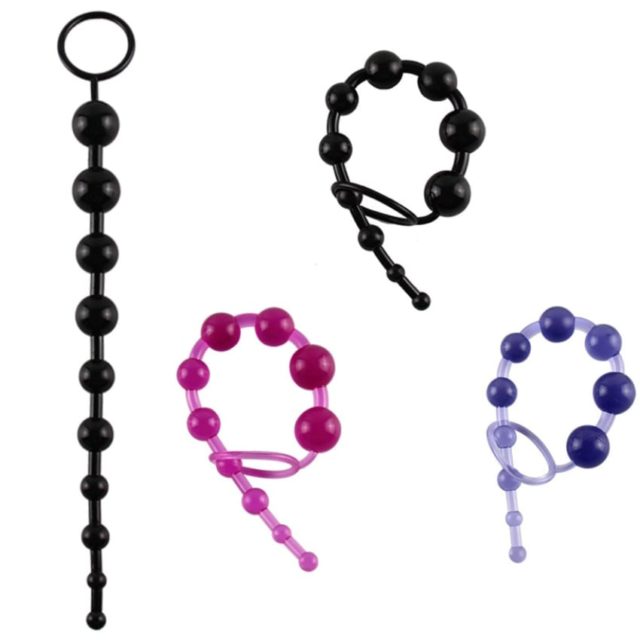



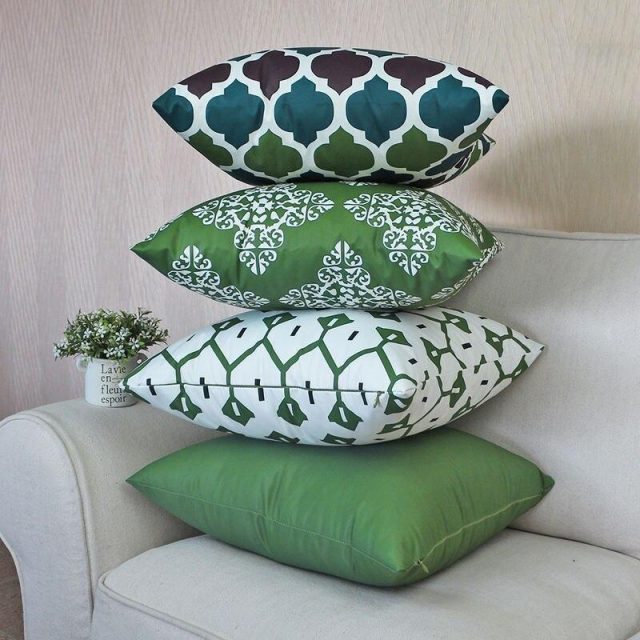


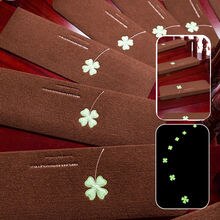
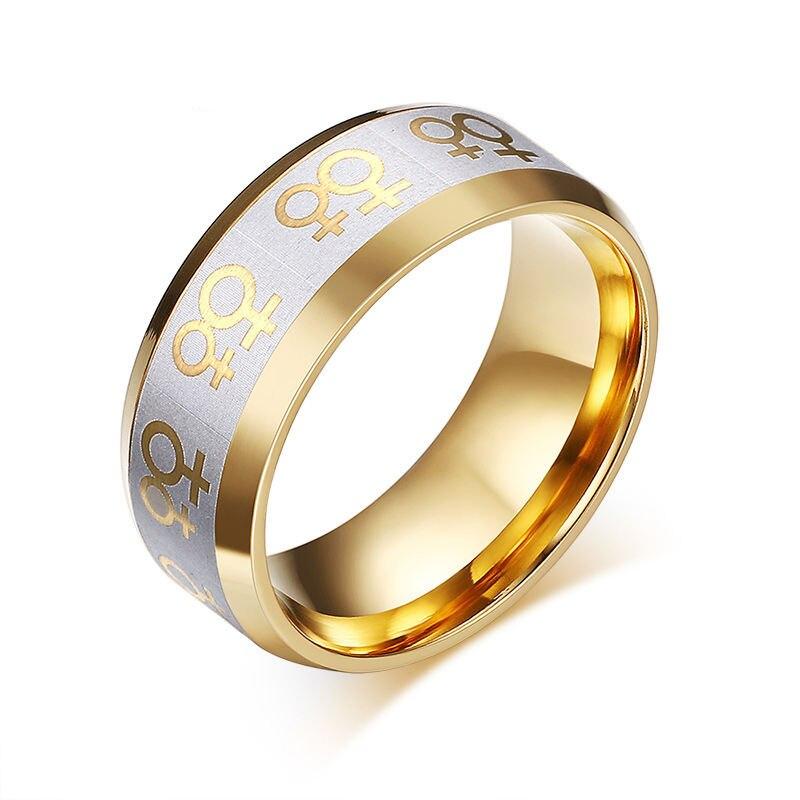


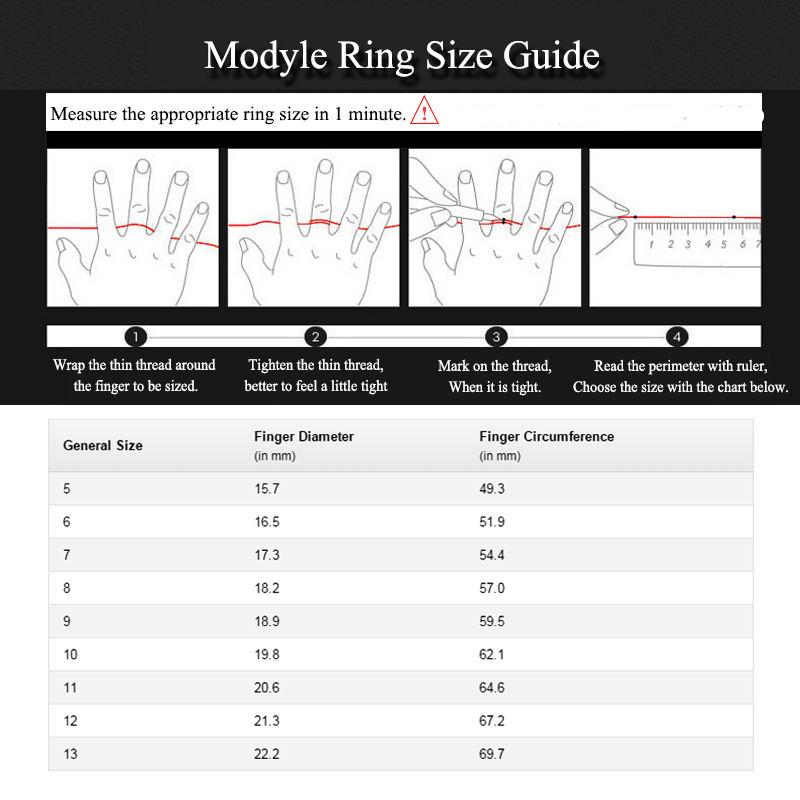
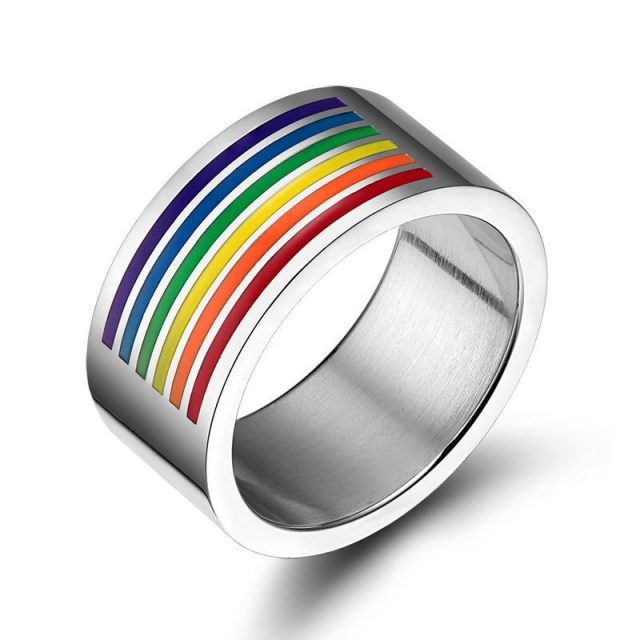
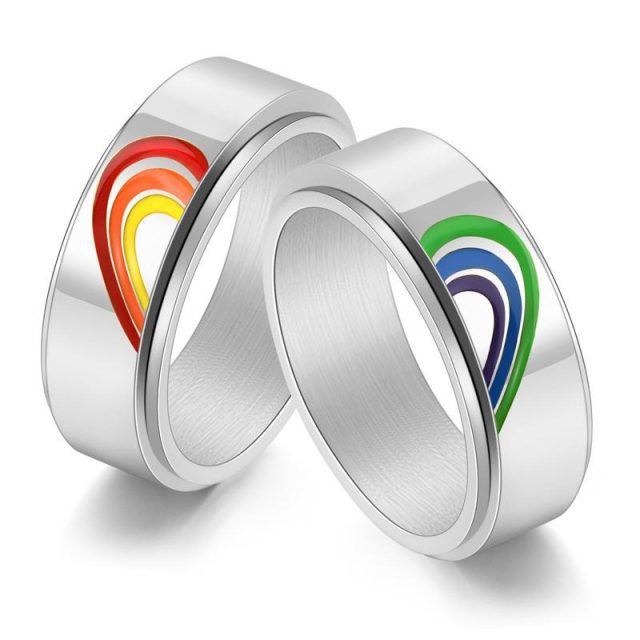
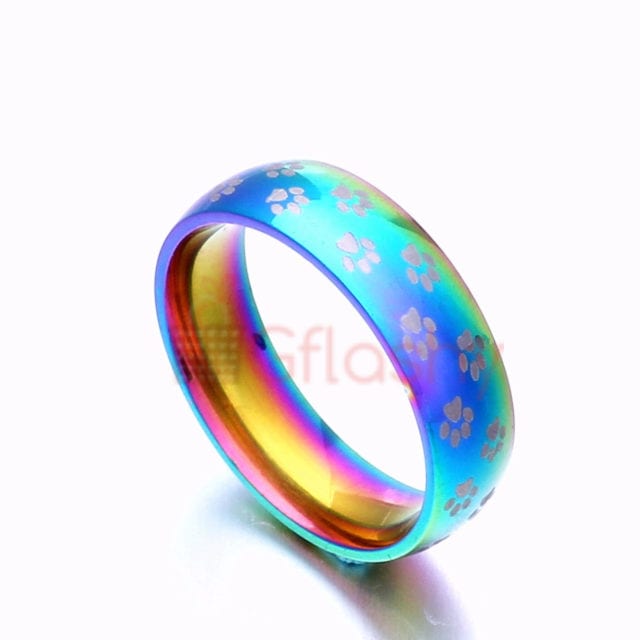

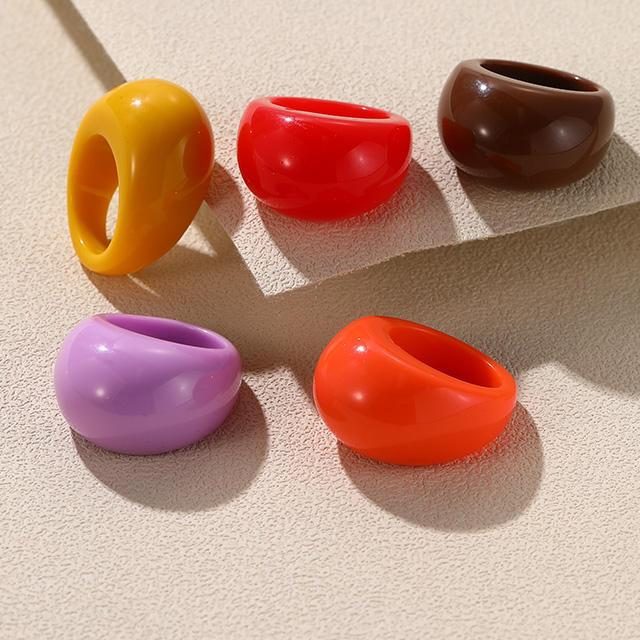
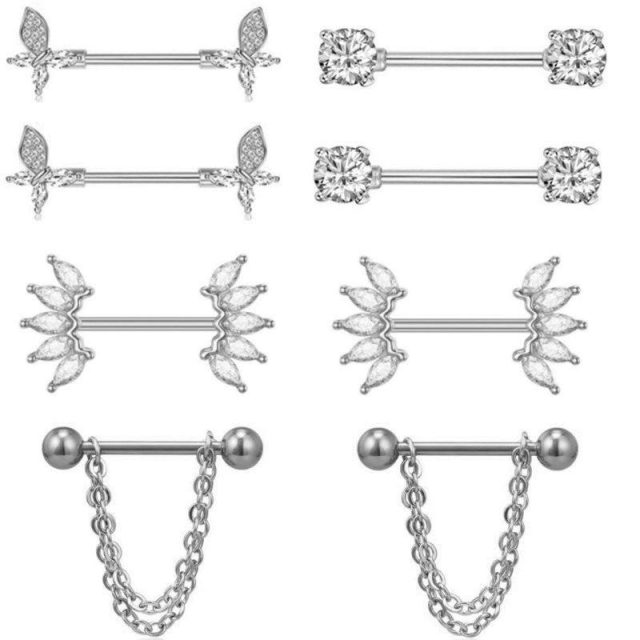
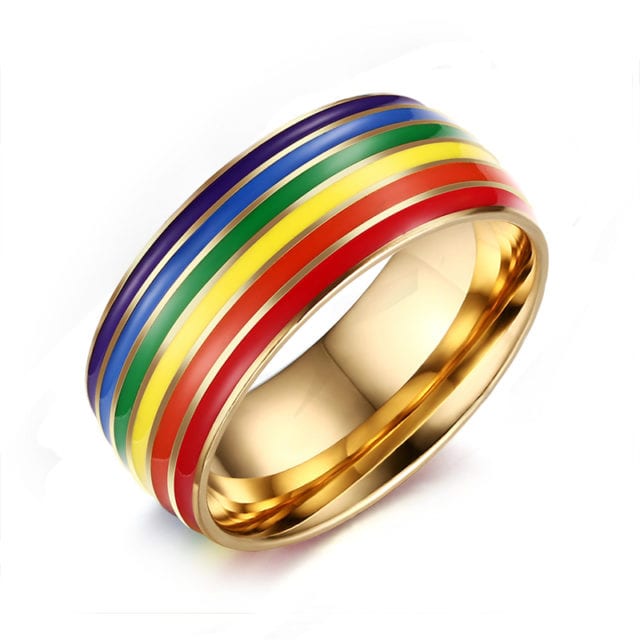
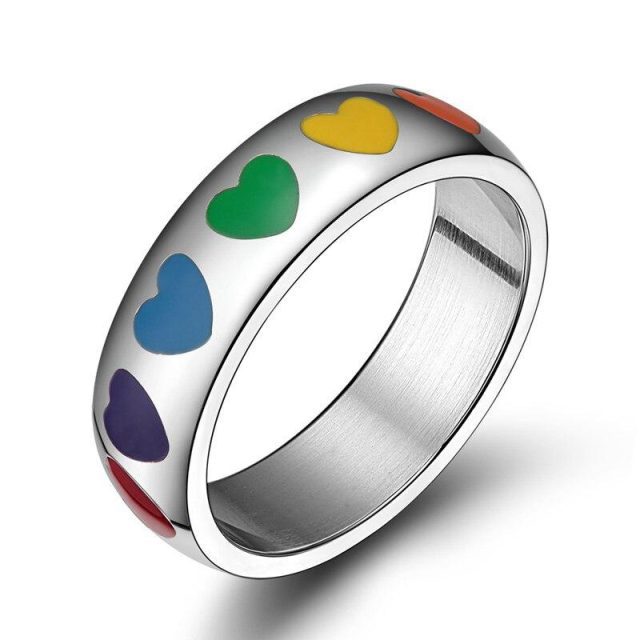






A little big, but is good and meets the product descriptions